Incredible things you didn’t know about America’s oceans
Intriguing secrets from the underwater world
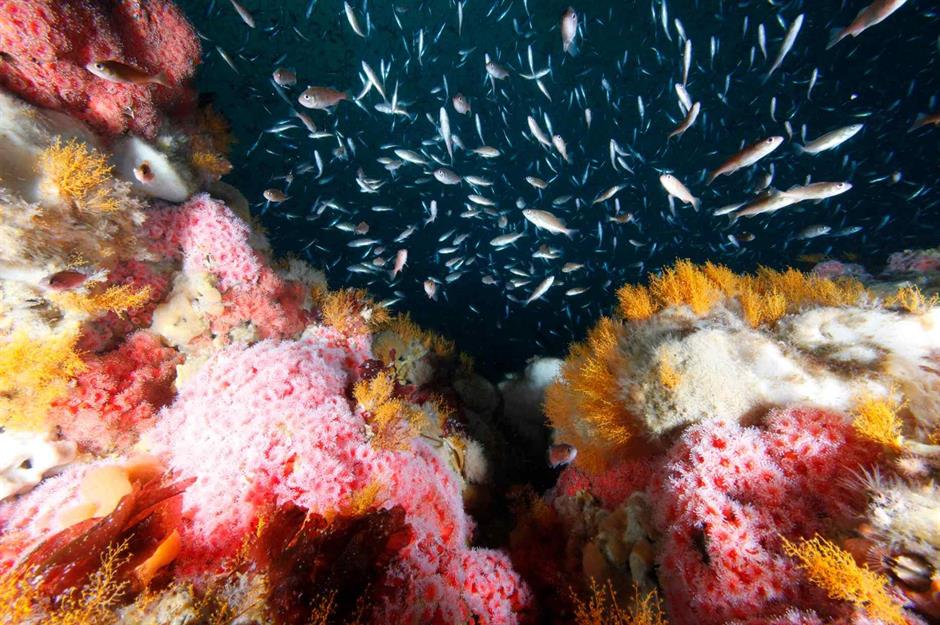
Our oceans cover more than 70% of our planet and not only do they play a huge role in our climate and weather patterns, they're also home to some of Mother Nature’s most curious creatures and mind-bending natural (and man-made) phenomena. From underwater volcanoes to unique attractions, there's more happening off the coast of America than you might realise.
Read on to discover amazing facts about the waters surrounding the US and its territories...
There's a white shark 'café'

There’s a shark 'café' in the middle of the Pacific Ocean, halfway between Hawaii and Baja California in Mexico. White sharks migrate to this spot every year and for a long time it remained a mystery as to why exactly they chose to congregate in this specific area. However scientists at Stanford University and the Monterey Bay Aquarium recently discovered that it is to feed on light-sensitive animals like squid, small fish and phytoplankton.
There are deadly brine pools
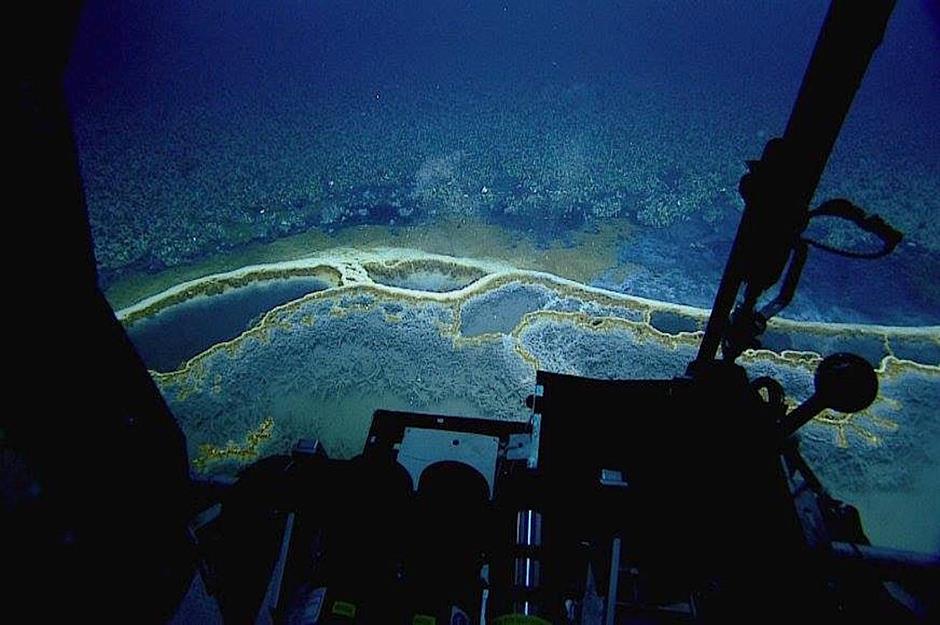
There’s a small section of the Gulf of Mexico (a marginal sea of the Atlantic Ocean) that’s so inhospitable, it’s been dubbed the 'Jacuzzi of Despair'. This deathly 'hot tub', which sits around 3,300 feet (1,006m) below the ocean surface, is actually a brine pool that’s formed on the seabed. The oxygen levels are so low and the salinity so extreme here, the pool instantly poisons any marine life that enters it. Because this salty 'brine' is much denser than regular seawater, it doesn't mix with the rest of the ocean but rather pools on the seafloor instead.
They're home to some elusive fish
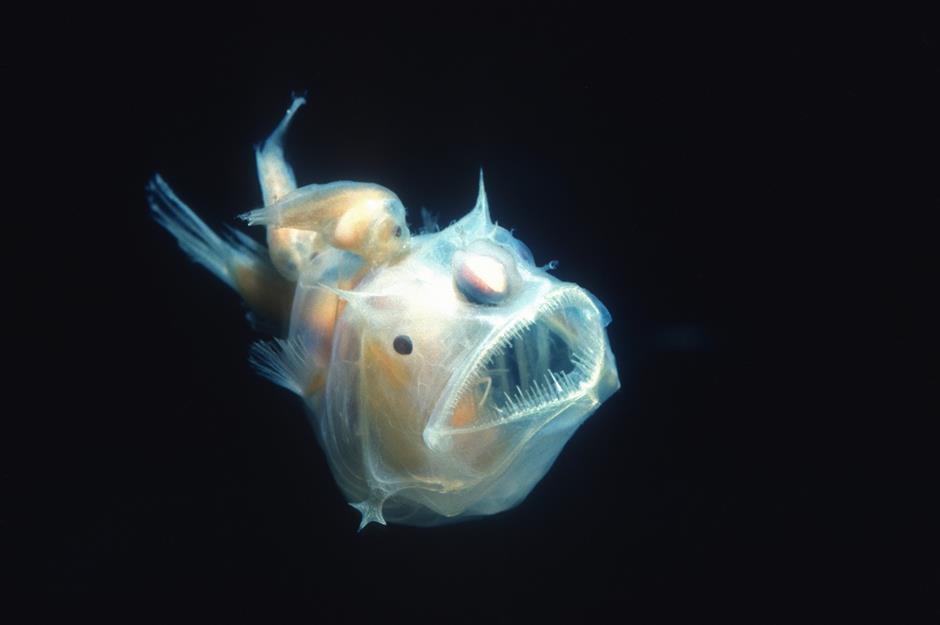
With giant gaping mouths and dozens of spiky teeth, the anglerfish are one of the most perturbing and elusive creatures of the Atlantic Ocean, spending a lot of time on the ocean floor eating dead marine life. Thanks to their flexible bodies and huge jaws, anglerfish can prey on sea creatures that are double their size, from octopuses to turtles. The Pacific footballfish, an equally bizarre-looking type of anglerfish from the Pacific, has been known to wash up on some of California’s beaches.
There are underwater volcanoes
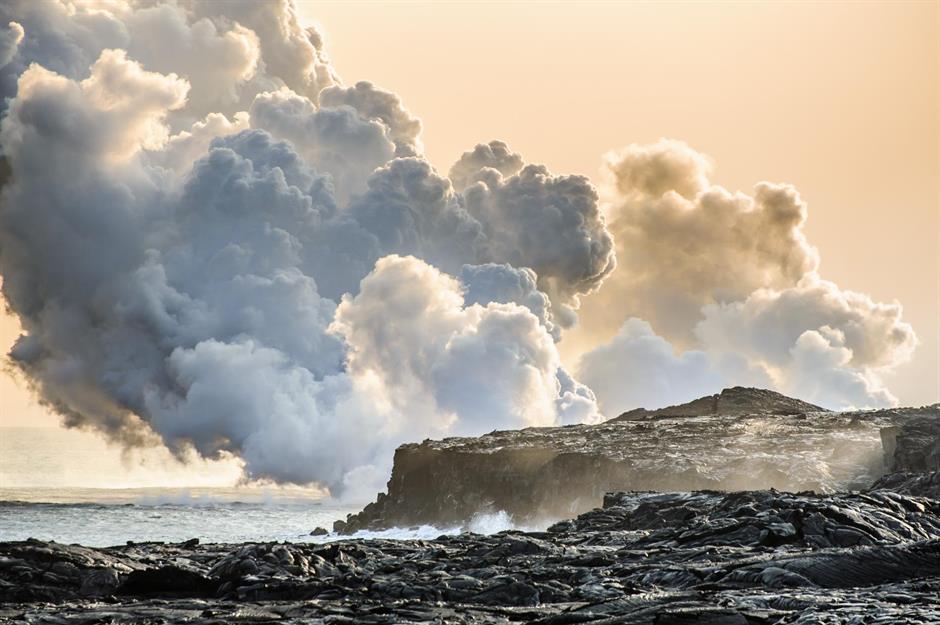
One of the most active volcanic sites of the North Pacific Ocean is located around 300 miles (483km) off the coast of Oregon. Discovered in the 1980s, Axial Seamount lies on the mid-ocean ridge that separates the North American and Juan de Fuca tectonic plates and its summit reaches to about 4,600 feet (1,400m) below the sea surface. Axial Seamount is just one of over a million submarine volcanoes on Earth.
Love this? Follow our Facebook page for more travel inspiration
There's a unique offshore habitat
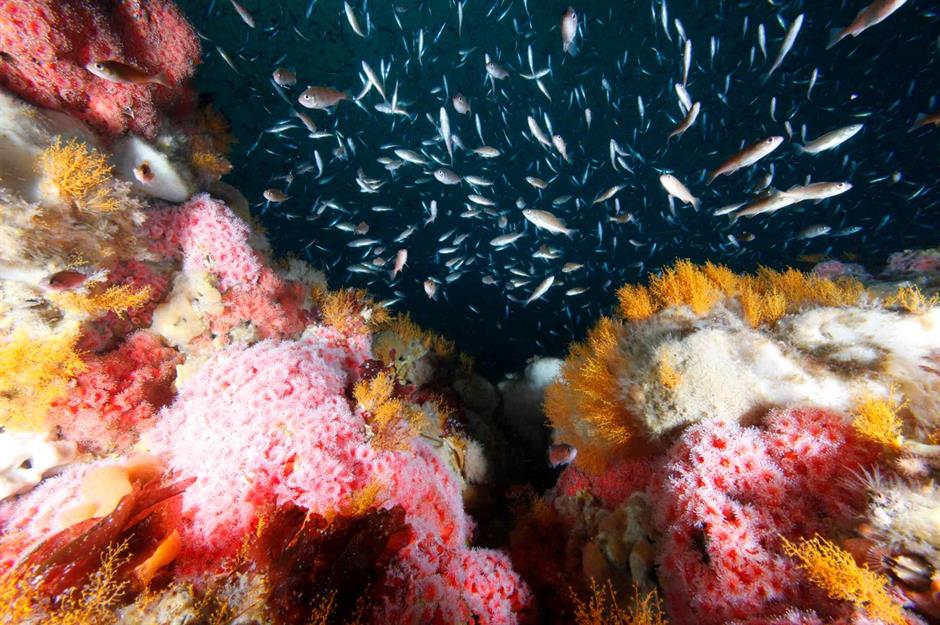
One of the most unique and marine life-rich areas along the USA’s Pacific Coast is Cordell Bank, a one-of-a-kind offshore habitat that was discovered in 1867 and is now protected by the Cordell Bank National Marine Sanctuary. What makes this 1,286 square mile (3,330sq km) area so unique is the fact this underwater bank sits at the edge of the continental shelf and is flanked by the submarine Bodega Canyon which reaches depths of over 6,562 feet (2,000m). It has nutrient-rich water which attracts diverse sea mammals, vibrant coral, schooling fish and invertebrates.
There are fascinating shipwrecks
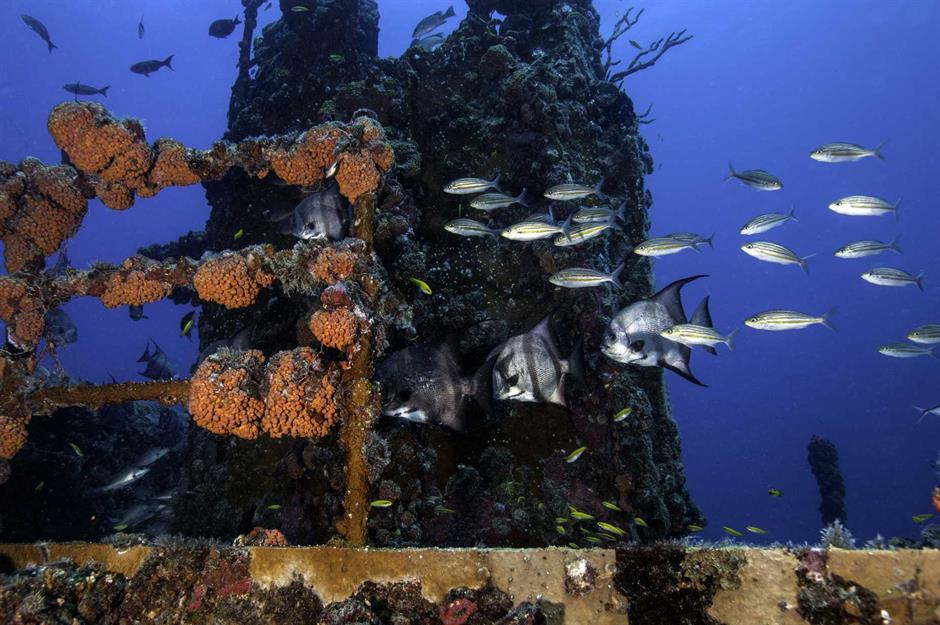
The two shipwrecks that lie nearly 130 feet (40m) under the surface of the Atlantic Ocean have proven to be a popular spot with divers. Found one mile (1.6km) south of Molasses Reef off the coast of Key Largo, the sunken US Coast Guard cutters, known as Duane and Bibb, have been on the seabed since 1987 and act as an artificial reef for marine life.
Beluga whales can change the shape of their head
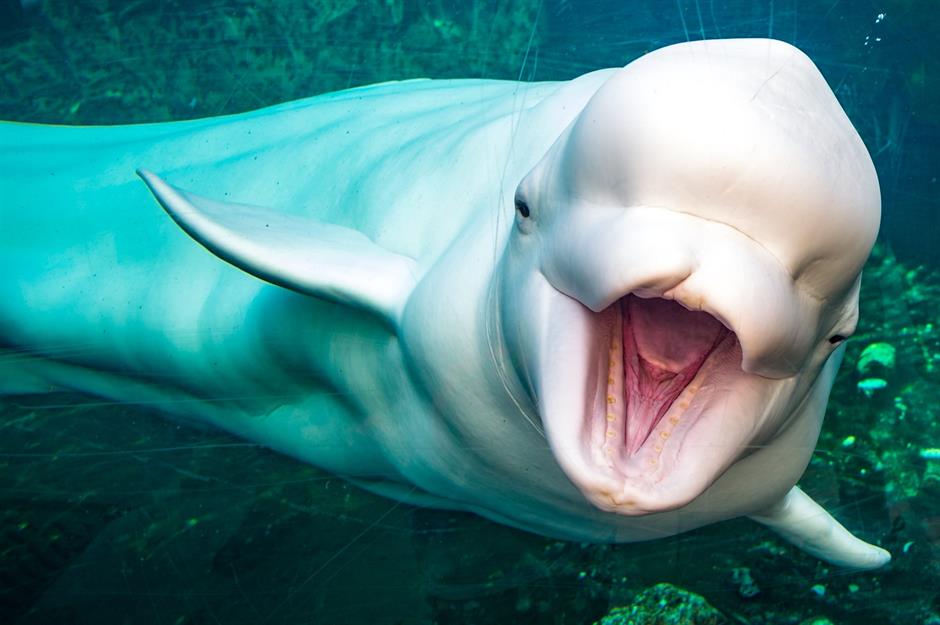
Beluga whales’ heads are so flexible, they can change shape to help them make different sounds. It may seem a bit odd, but by adjusting the rounded forehead, these whales, found off the coast of Alaska, can produce a wide range of clicks, whistles, squeals and groans through the nasal sac as a way of communicating with other whales and finding food through echolocation. In fact, belugas babble and sing so much, they’re known as canaries of the sea.
A new island is taking shape

Hawaii could get a new island added to its archipelago. According to scientists, underwater volcanic eruptions could cause a new land mass, already named Lo‘ihi, to rise out of the ocean. It'll be some time still before it happens, as scientists speculate it could take as much as 200,000 years. Back in 2018, a small island formed from the molten lava of Kilauea eruptions. Shortly after, however, the landmass got connected to the Big Island by a new strip of lava.
There's an underwater laboratory
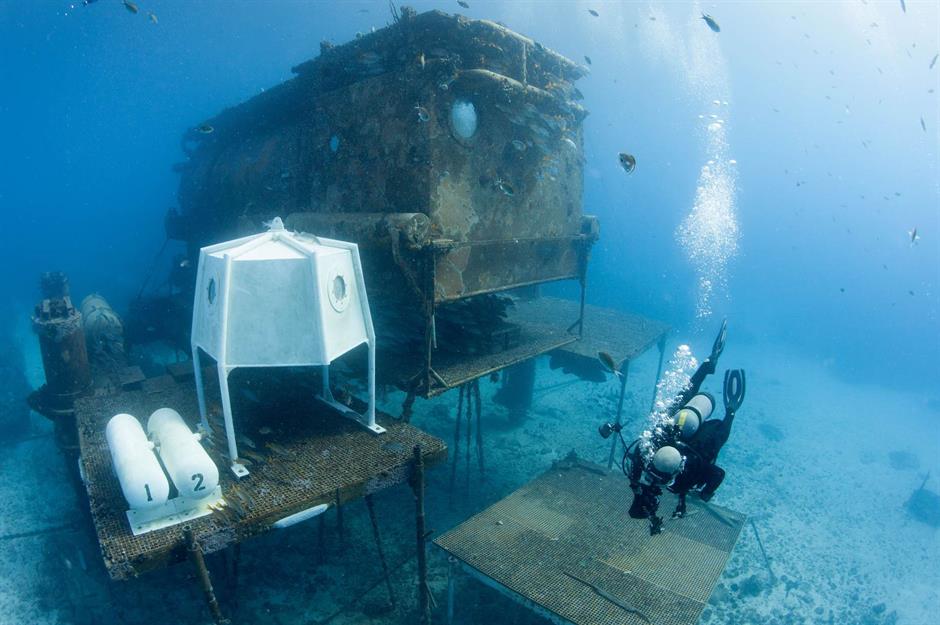
The world’s first and only underwater laboratory can be found in one of America’s oceans. The Aquarius Reef Base, an underwater cabin where researchers study oceanic life, is found 62 feet (19m) underneath the ocean surface at Conch Reef in the Florida Keys National Marine Sanctuary. It has hosted more than 200 scientists who study the condition of the coral reefs.
It's home to giant manta ray
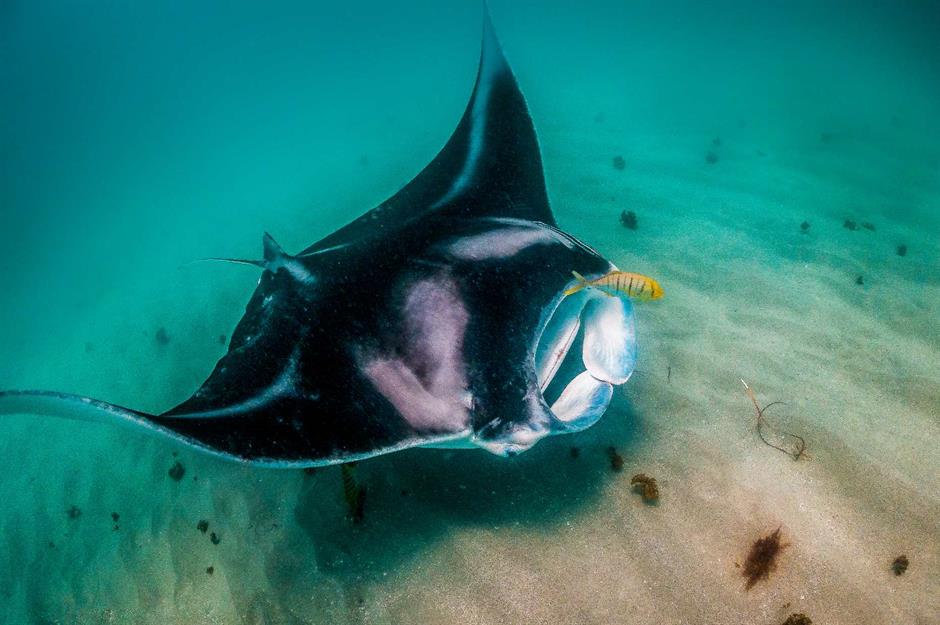
The wingspan of a giant manta ray can reach up to an amazing 29 feet (8.8m) – that’s about four and a half times the height of basketball legend Michael Jordan. These beguiling creatures, which can live for up to 40 years, have the biggest brains of any fish studied so far and are much bigger than their cousins, the reef manta rays, whose wingspan rarely exceeds around 11 feet (3.4m).
There's a statue of Jesus Christ
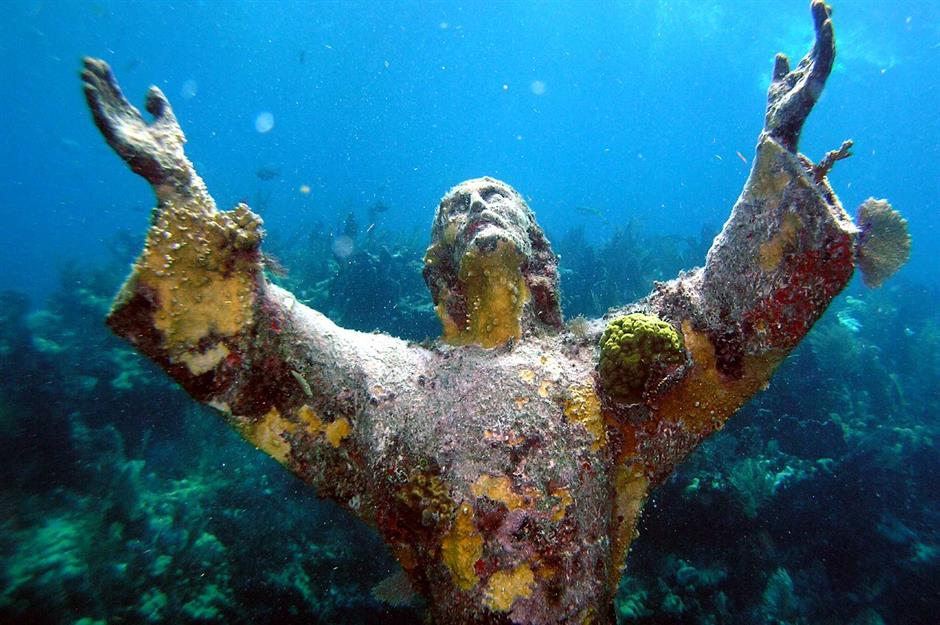
One of the most curious sights off the coast of Florida is the Christ of the Abyss statue, an eight-foot-tall (2.4m) sculpture which lies some 25 feet (7.6m) under the surface of the Atlantic Ocean. Weighing around 4,000 pounds (1,814kg), it was formed using the same mould as the original Christ of the Abyss statue in the Mediterranean Sea. It was designed by Italian sculptor Guido Galletti in honour of Italian scuba diver Duilio Marcante.
The longest mountain range in the world is underwater
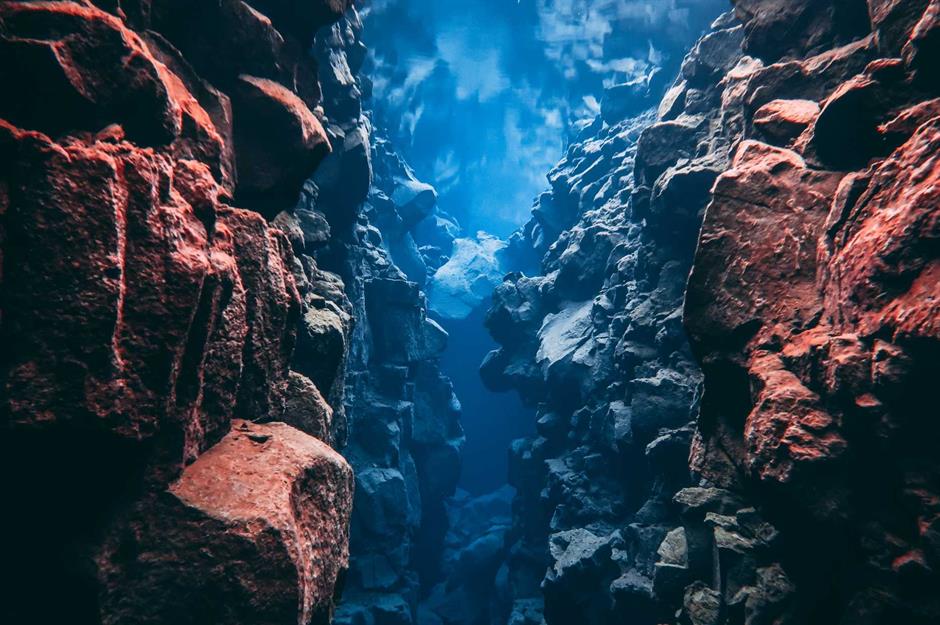
The mid-ocean (or mid-Atlantic) ridge is the longest mountain range on Earth. It stretches along the floor of the Atlantic Ocean, from the Arctic Ocean all the way to the southern tip of Africa, spanning a whopping 40,389 miles (65,000km). The ridge lies between the North American and Eurasian tectonic plates and the best place to witness the division is by diving between them in the Þingvallavatn Lake in Iceland.
It's home to historical attractions
In the 1850s, Lieutenant James Totten, the US Army’s assistant to the Coast Survey, installed a total of 31 wooden and iron poles in the Florida Straits to help vessels safely navigate the reefs of this area. Today, the remains of these poles – now called Totten Beacons – still lie in the ocean and are protected as historical resources by the Florida Keys National Marine Sanctuary.
The heaviest bony fish lives here
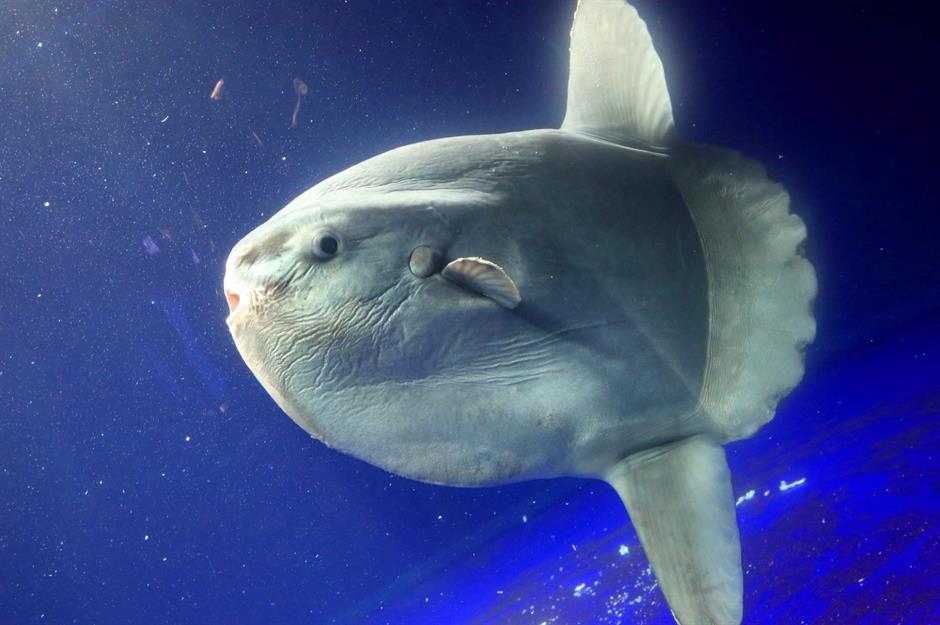
The ocean sunfish, found in many parts of the Pacific and Atlantic Oceans, go through one of the most extreme growing processes of any vertebrate. Reaching 60 million times their birth size by adulthood, ocean sunfish and their cousins southern sunfish are the heaviest bony fish known to us. These basking fish, also known as mola mola, are called so because they swim on the side, turning their largest body surface towards the sun.
It's home to strange clams
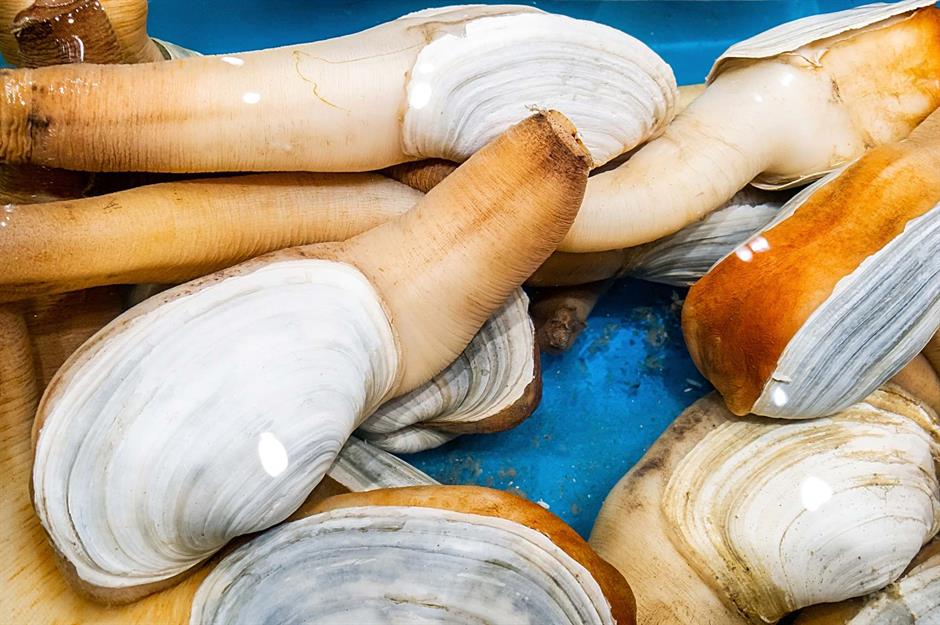
The most bizarre-looking clam you’ll find in America’s oceans is geoduck. Found off the western shores of North America, from Alaska to Baja California in Mexico, these odd shellfish (sometimes called elephant clam) appear in the wild but are also farmed and sold in restaurants and supermarkets for those brave enough to eat them. A large part of geoduck farming takes place in the southern Puget Sound in Washington state.
Now check out the world's most jaw-dropping underwater attractions
Dall’s porpoises are the fastest swimmers
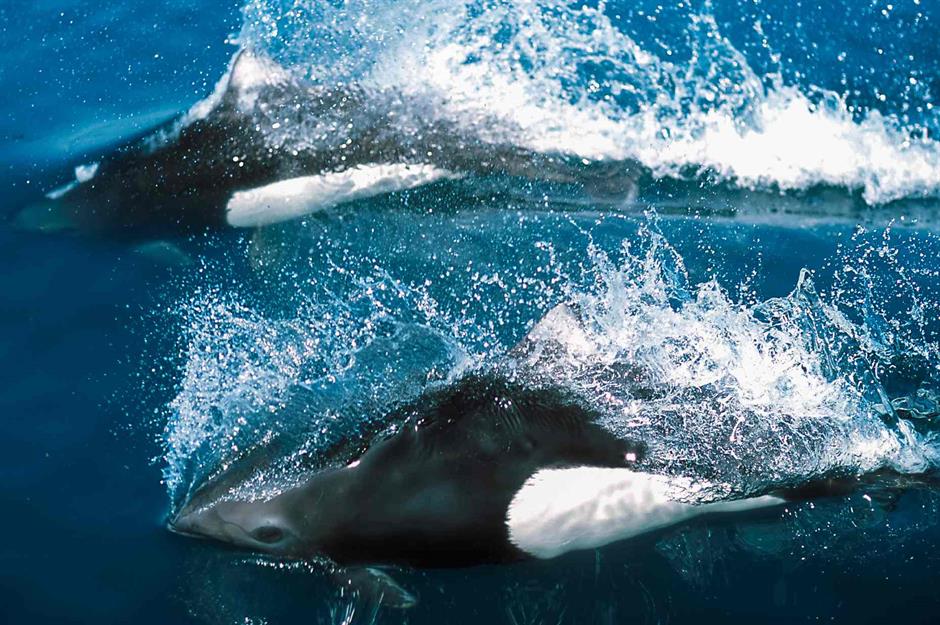
Reaching speeds of up to 34 miles per hour (55km/h) over short distances, Dall’s porpoises are the fastest swimmers among all small cetaceans (aquatic mammals). Often mistaken for baby killer whales, these black and white creatures can be found anywhere from California's West Coast to Alaska’s Bering Sea in the far north of the Pacific Ocean.
The ocean sometimes lights up

A curious phenomenon occasionally comes to the Pacific Coast of California which sees the ocean glowing with bioluminescent algae. This natural light show is known as a red tide as the sea turns reddish-brown during the day, when microscopic organisms gather on the ocean surface. The real show starts around two hours after sunset, when the ocean lights up with a neon blue glow. This mesmerising occurrence can last for weeks or even months but doesn't appear often – the previous red tide happened in 2020.
Harmful algal blooms can also happen
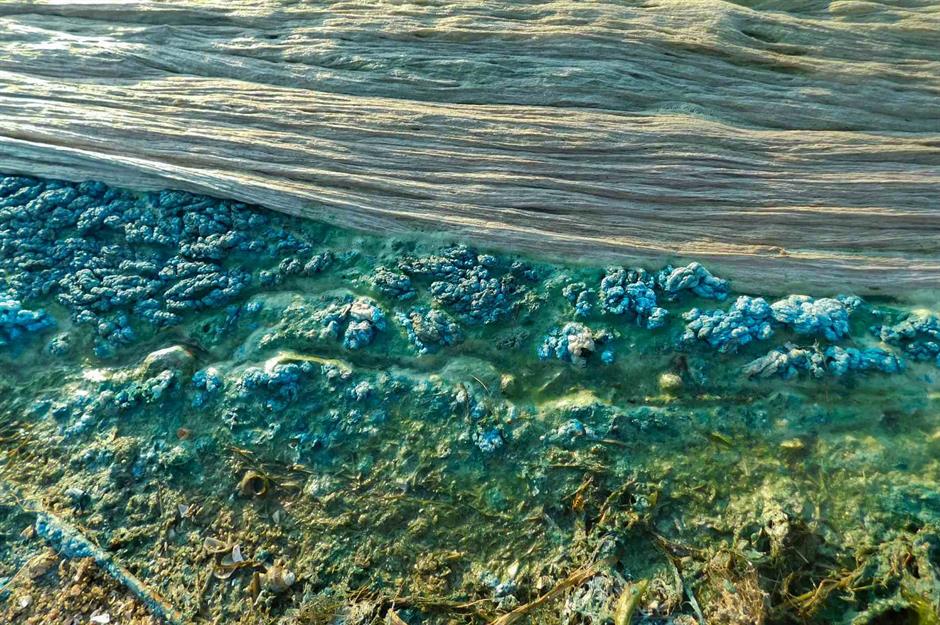
Harmful algal blooms (or HABs for short) are when algae grow out of control, releasing toxins into the environment. This unwanted natural phenomenon can occur in any fresh or saltwater habitats and have, at some point, occurred in every one of America’s coastal states, but California is currently most at risk. The toxins produced by these tiny organisms can have a devastating effect on the ecosystem and even human health. The good news is, scientists carry out HAB forecasts using satellite imagery, which helps them take protective measures.
There is an 'island' of plastic waste in the North Pacific Ocean
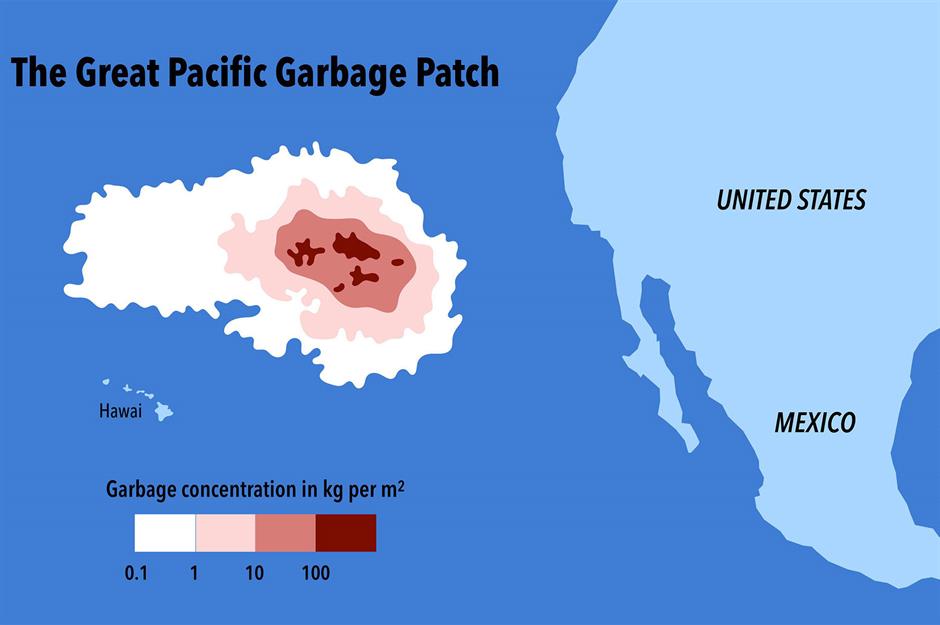
Algal blooms may be harmful, but mankind is arguably a far greater danger to the ocean’s ecosystem. Thanks to our carefree attitude to the disposal of plastics there is now an area of plastic waste, known as the Great Pacific Garbage Patch, which is thought to be twice the size of Texas or three times the size of France. Although the GPGP is often referred to as a 'Trash Island', it has no actual surface but consists of different sized plastics floating together in a murky mass. The Ocean Cleanup, a non-profit organisation, is striving to clean up the patch, although it is proving to be a Herculean task.
It's home to very intriguing creatures
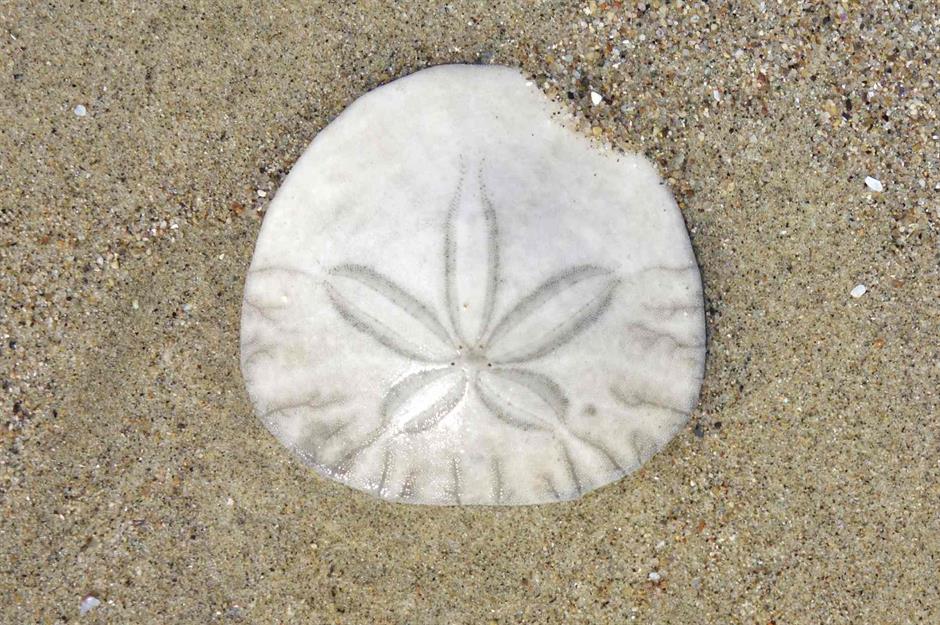
The sand dollar is considered one of the most unusual inhabitants of the Pacific Ocean. Commonly found in sandy sheltered bays between Alaska and northern Baja California in Mexico, these burrowing sea urchins, often dubbed sea biscuits or sea dollars, are distinguished by their flower-shaped pores and hundreds of tendrils that help them burrow and move across the ocean bed. These invertebrates mostly feed on tiny plankton which they capture using their spine and pincers on the surface of their body.
It's home to very peaceful sharks
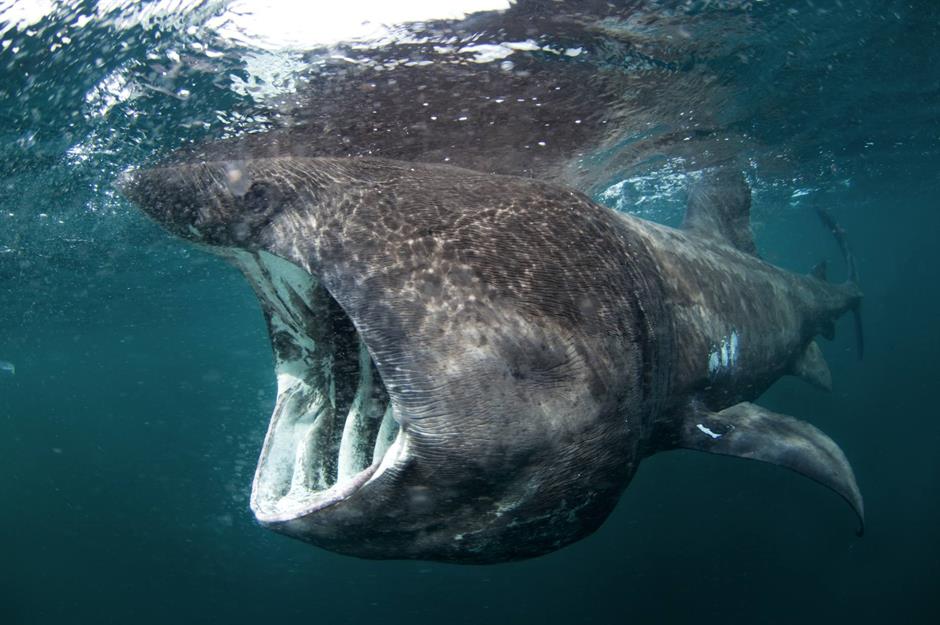
The basking shark, found in most of the world’s oceans, is the second-largest fish on Earth. And while this menacing-looking sea animal has been known to grow up to 39 feet (12m) long and is often mistaken for the great white shark, it’s the most passive creature of its size. These giants of the ocean prefer to feed on plankton, using their huge mouths as filters. They’re so calm, swimming and diving alongside them is very popular.
And some very odd looking ones!
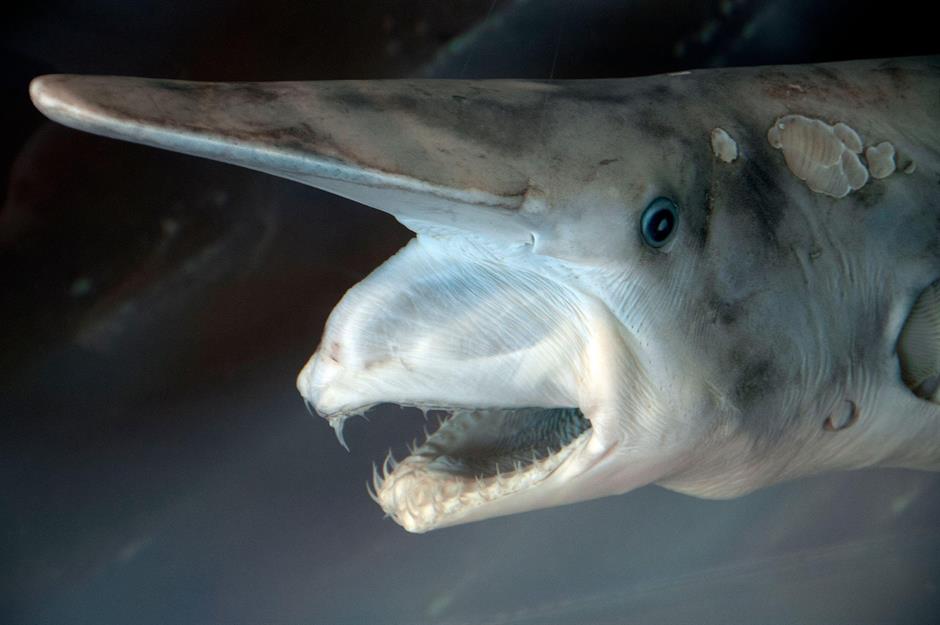
The spookily named, and looking, goblin shark is one of the ocean’s most unique and mysterious predators (pictured is a preserved specimen). Although they frequent all three oceans, they live so deep – between 800 feet (245m) and 3,000 feet (915m) below the surface – that even basic observations of them are limited. What we do know is that they tend to be fairly mellow creatures, rarely moving at more than a sluggish pace in order to conserve energy in an environment which has freezing temperatures and a sparse amount of high energy food. That said, they are likely to be saving energy for lightning-fast strikes when prey does come along.
The highest mountain in the world is here

Mauna Kea is the highest mountain on Earth, even though we’re told Mount Everest is. That’s because a significant part of this inactive Hawaiian volcano is actually below sea level, under the surface of the Pacific Ocean, meaning it measures a whopping 32,697 feet (9,966m) from its base to its summit. Its rival over in the Himalayas is 29,032 feet (8,849m) tall.
The deepest place on Earth is here
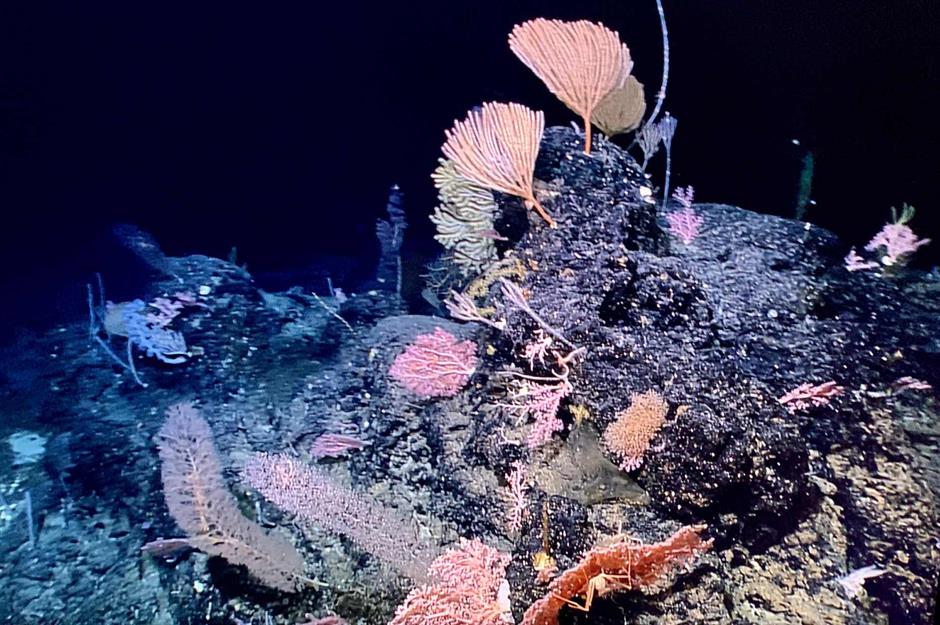
The deepest place on Earth, known as the Mariana Trench, is a nearly seven-mile-deep (11km) crevice in the Pacific Ocean. This crescent-shaped canyon, close to the US territory of Guam, measures some 43 miles (69km) wide and 1,500 miles (2,414km) long. Its deepest point, found at its southern end, is known as Challenger Deep and still very little is known about this mysterious location. Pictured is a seabed garden researchers found on a seamount in the Mariana Trench in 2019.
The Atlantic goes pretty deep too
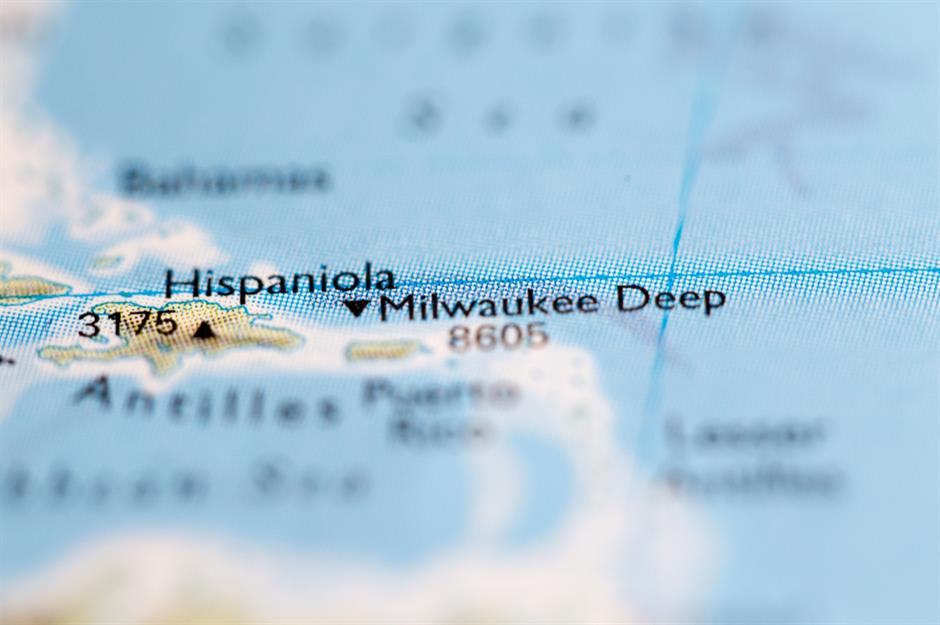
It may not go quite as low as the Marina Trench, but the Milwaukee Depth, also known as the Milwaukee Deep, is the deepest point in the Atlantic Ocean lying at a depth of 27,493 feet (8,380m) about 100 miles (160km) northwest of the island of Puerto Rico. It can be found within the Puerto Rico Trench, a low spot where two tectonic plates meet along the boundary between the Caribbean Sea and the Atlantic Ocean. The Milwaukee Depth is not quite as mysterious as Challenger Deep. Apparently its bottom is covered with mud, sand, rock and shells.
North America's only living coral reef is in Florida
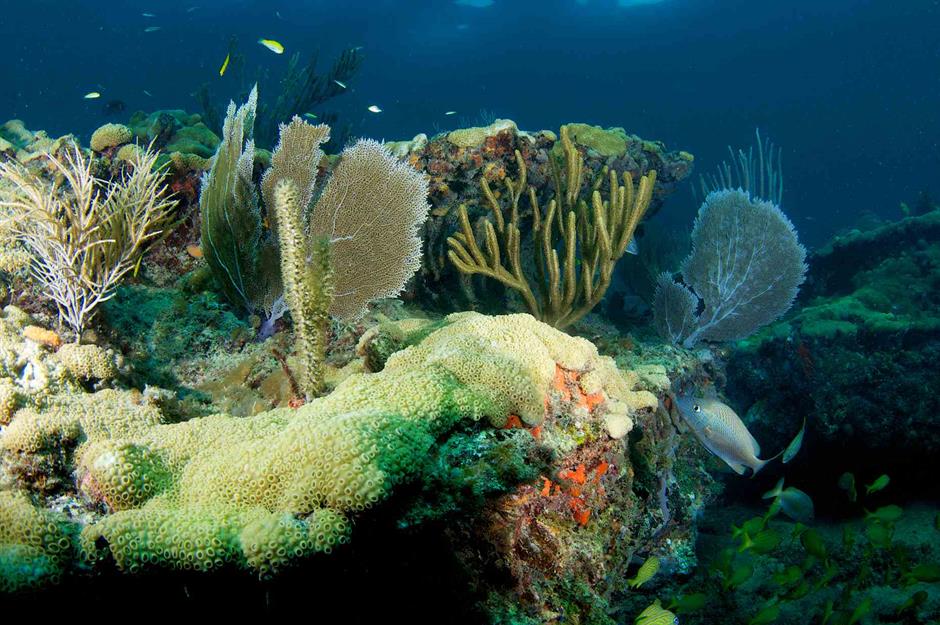
Formed around 10,000 years ago, Florida's Coral Reef stretches some 360 linear miles (579km) from Dry Tortugas National Park to the St Lucie Inlet in Martin County. It's the only living coral barrier reef in North America and is protected by the Florida Keys National Marine Sanctuary and adjacent John Pennekamp Coral Reef State Park. The latter is dubbed the diving capital of the world, where a diverse habitat of seagrass beds, mangrove swamps and colourful marine life can be explored.
Spinner dolphins sleep with one eye open

Shark attacks are more common in the Atlantic Ocean
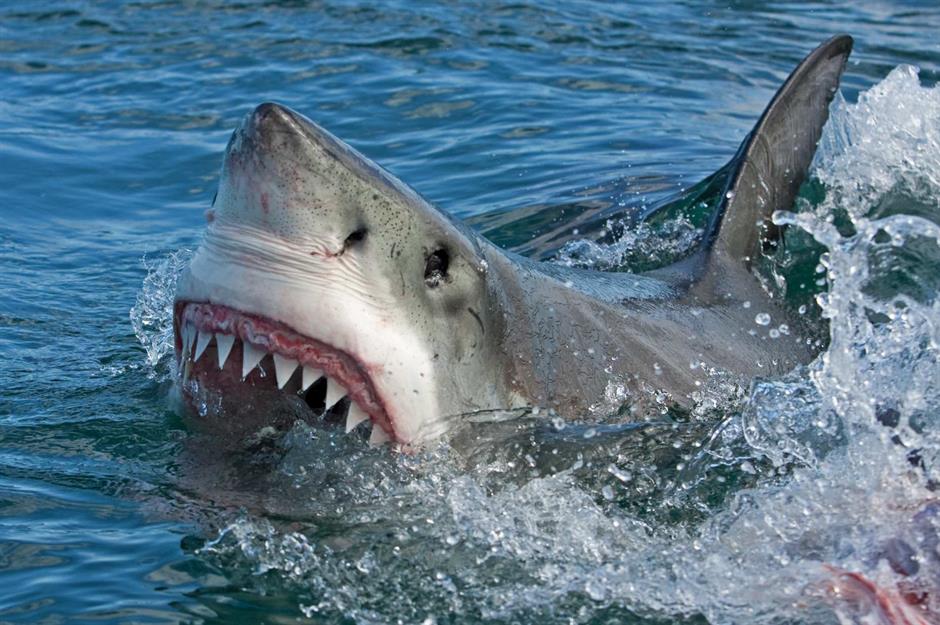
Shark attacks are more likely to occur in the Atlantic Ocean than the Pacific Ocean, according to data from the International Shark Attack File (ISAF). There were 16 cases reported in Florida in 2023 compared to two in California, four in New York, three in North Carolina and one in New Jersey. Florida has long topped the global charts for the number of shark bites, with the 2023 numbers making up 23% of unprovoked bites worldwide. It's thought that the high population of Florida, high visitor numbers and warm waters are all contributing factors.
There's gold in the ocean
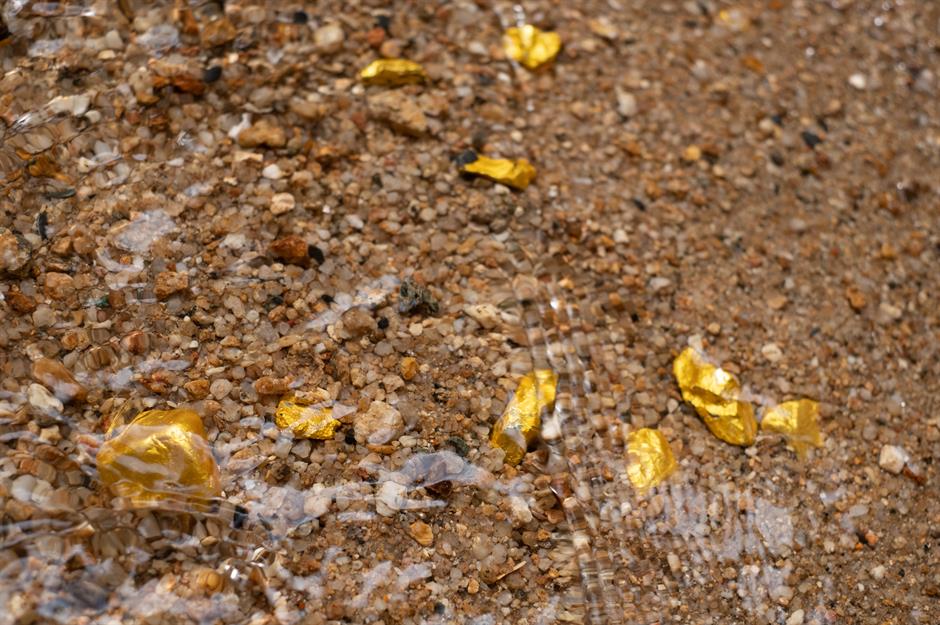
You may think that gold is only found on land, but there's a lot of it in America’s oceans too – in fact, there are about 20 million tonnes of gold in the world's oceans in total. However, the gold is extremely diluted (perhaps around one gram of gold for every 100 million metric tonnes of water) so it would be very difficult to separate the precious metal from seawater.
World's biggest animal groups live here
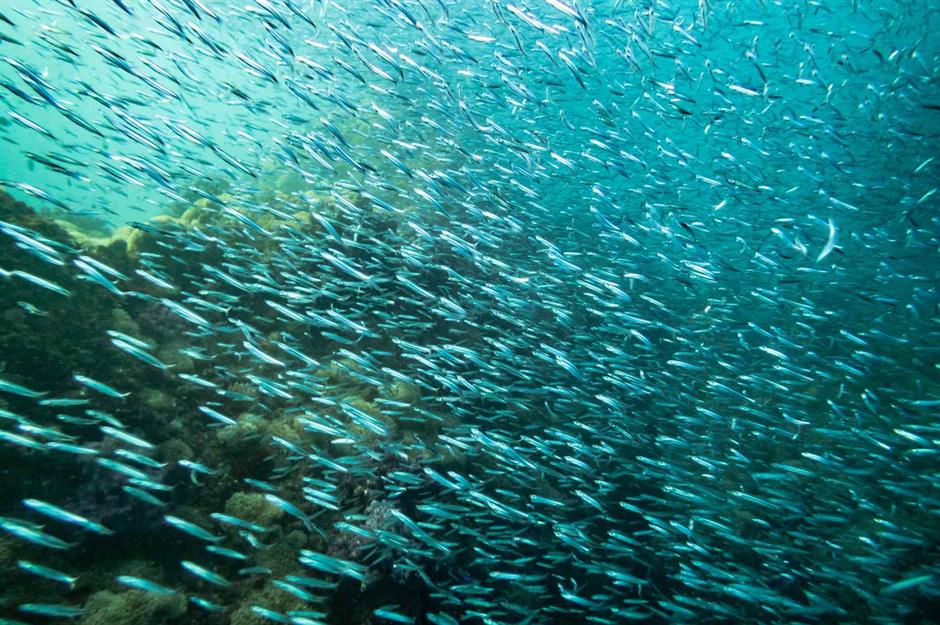
Atlantic herring can congregate in such big groups, they form the largest gathering of one animal species on Earth. One of the biggest Atlantic mega-shoals was witnessed in 2006, when some 250,000,000 gathered in one part of the Atlantic Ocean (that’s 50,000 tonnes of fish). The event was witnessed by Professor Nicolas Makris, who used special technology that can visualise fish populations over vast distances.
Now discover the 11 ocean mysteries even experts can't explain
Comments
Be the first to comment
Do you want to comment on this article? You need to be signed in for this feature